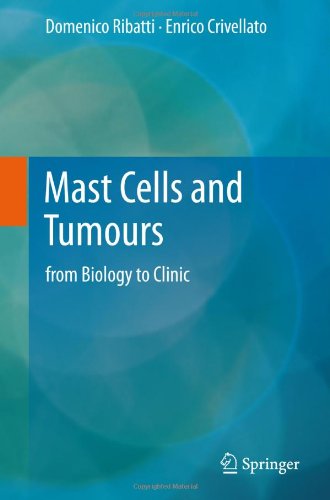

Most ebook files are in PDF format, so you can easily read them using various software such as Foxit Reader or directly on the Google Chrome browser.
Some ebook files are released by publishers in other formats such as .awz, .mobi, .epub, .fb2, etc. You may need to install specific software to read these formats on mobile/PC, such as Calibre.
Please read the tutorial at this link: https://ebookbell.com/faq
We offer FREE conversion to the popular formats you request; however, this may take some time. Therefore, right after payment, please email us, and we will try to provide the service as quickly as possible.
For some exceptional file formats or broken links (if any), please refrain from opening any disputes. Instead, email us first, and we will try to assist within a maximum of 6 hours.
EbookBell Team

5.0
68 reviewsMast cells are versatile, tissue-homing secretory cells, which were first described by Paul Ehrlich in 1878. Mast cells have long been implicated in the pathogenesis of allergic reactions and certain protective responses to parasites. Their functional role, however, has been discovered to be increasingly complex and multifarious. Mast cells have been implicated in various cell-mediated immune reactions, being found in tissues from multiple disease sites, and as a component of the host reaction to bacteria, parasite, and even virus infections. They have also been shown to participate to angiogenic and tissue repair processes after injury. The importance of a possible functional link between chronic inflammation and cancer has long been recognized. As most tumours contain inflammatory cell infiltrates, which often include plentiful mast cells, the question as to the possible contribution of mast cells to tumour development has progressively been emerged. In this book, the general biology of these cells, their development, anatomical distribution and phenotype as well as their secretory products will first be discussed. The biology of tumour cells, their structural and molecular characteristics, the specificity of the tumour microenvironment and the development of a vascular network in the tumour context will be analyzed. The involvement of mast cells in tumour biology and tumour fate will then be considered, with particular emphasis on the capacity of these cells to stimulate tumour growth by promoting angiogenesis and lymphangiogenesis. The last chapter suggest that mast cells may serve as a novel therapeutic target for cancer treatment.